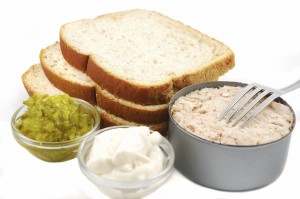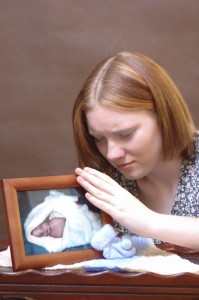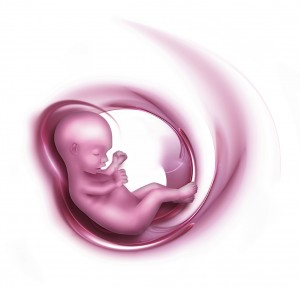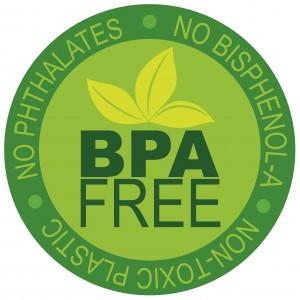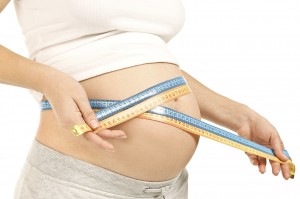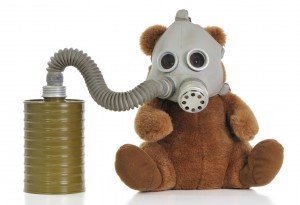
You have a new baby, and maybe you’re eager to take him or her on a flight to meet the grandparents … or you want to take your infant on a faraway vacation with you.
New research shows it may be best to wait until your child is a little older, and if you do choose to take a small infant or toddler on a flight, it’s wise to buy the child his or her own seat ticket.
Until recently, safety considerations for young babies flying in airplanes had centered around what to do in the event of a crash; but now, researchers have begun paying more attention to in-flight medical emergencies, sleeping positions, injuries from in-flight turbulence and other dangers.
Read More